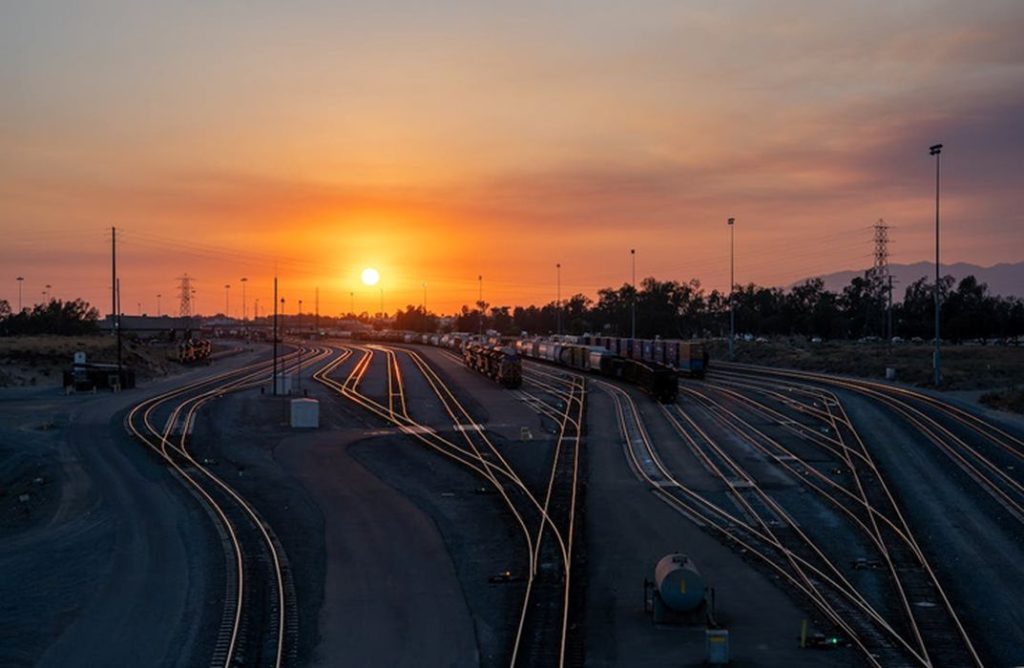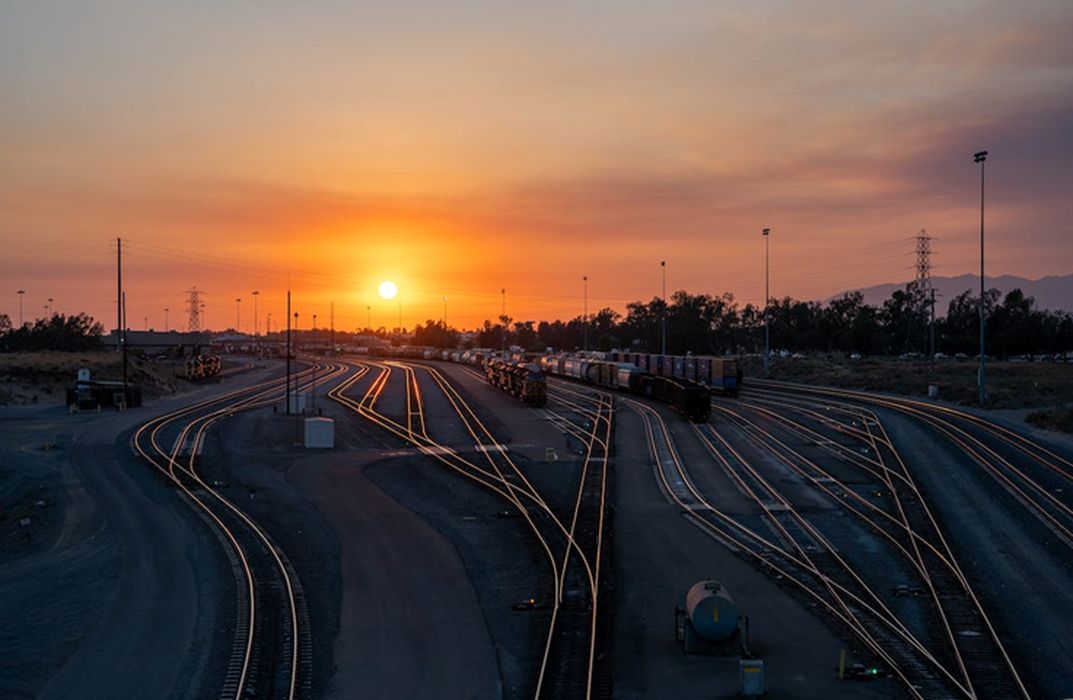
Charles R. Goulding and Preeti Sulibhavi look at the increasing use of 3D printing in transportation industries.
On September 15th, 2022, a strike was averted in the US railway industry thanks to lengthy negotiations between rail companies and unions representing conductors and engineers.
The parties had been negotiating their contract for several years without resolution. That is until this past September when the deal included changes to workplace attendance policies, which workers found profoundly punitive.
The attendance policies had become the center of disputes between the two parties because workers were unable to take time off for medical care without facing discipline. That has been changed with the updated railway contract. Since railroads have been operating lean and arguably short-staffed, business disruptions curtail medical leave. This agreement, “means avoiding the disruptions that could have accompanied any kind of shutdown or slowdown,” according to Pete Buttigieg, US Transportation Secretary.
This is great news for the railway industry, which also has increasingly substantial opportunities for 3D printing to improve industry performance. Disruptions related to equipment repairs and replacement can be reduced with 3D printing capabilities.
Railways and 3D Printing
Additive manufacturing in the transportation industry is not entirely new. We have covered both the Wabtec-GE and North American Rail mergers and 3D printing’s role in these transactions. Passenger railway transport is big in Europe. In the US it is mostly used for freight transport but we have covered how Union Pacific has utilized 3D printing in its railway projects. Of particular interest is the use of digital inventory to simplify managing spare parts for decades-old equipment.
Whether it is 3D printing railway seats or doors, there are so many ways that 3D printing can expedite the fabrication of interior and exterior railway parts at a reduced cost. 3D printing and similar activities can and should be considered when taking advantage of R&D Tax Credits.
The Research & Development Tax Credit
The now permanent Research and Development (R&D) Tax Credit is available for companies developing new or improved products, processes and/or software.
3D printing can help boost a company’s R&D Tax Credits. Wages for technical employees creating, testing and revising 3D printed prototypes can be included as a percentage of eligible time spent for the R&D Tax Credit. Similarly, when used as a method of improving a process, time spent integrating 3D printing hardware and software counts as an eligible activity. Lastly, when used for modeling and preproduction, the costs of filaments consumed during the development process may also be recovered.
Whether it is used for creating and testing prototypes or for final production, 3D printing is a great indicator that R&D Credit eligible activities are taking place. Companies implementing this technology at any point should consider taking advantage of R&D Tax Credits.
Jumping on the 3D Printed Bandwagon
The rail industry is replete with 3D printing applications. But with the new railway deal in the US, with workers now promised higher quality working conditions, hopefully, they will be more optimistic about innovating using 3D printing technologies.

